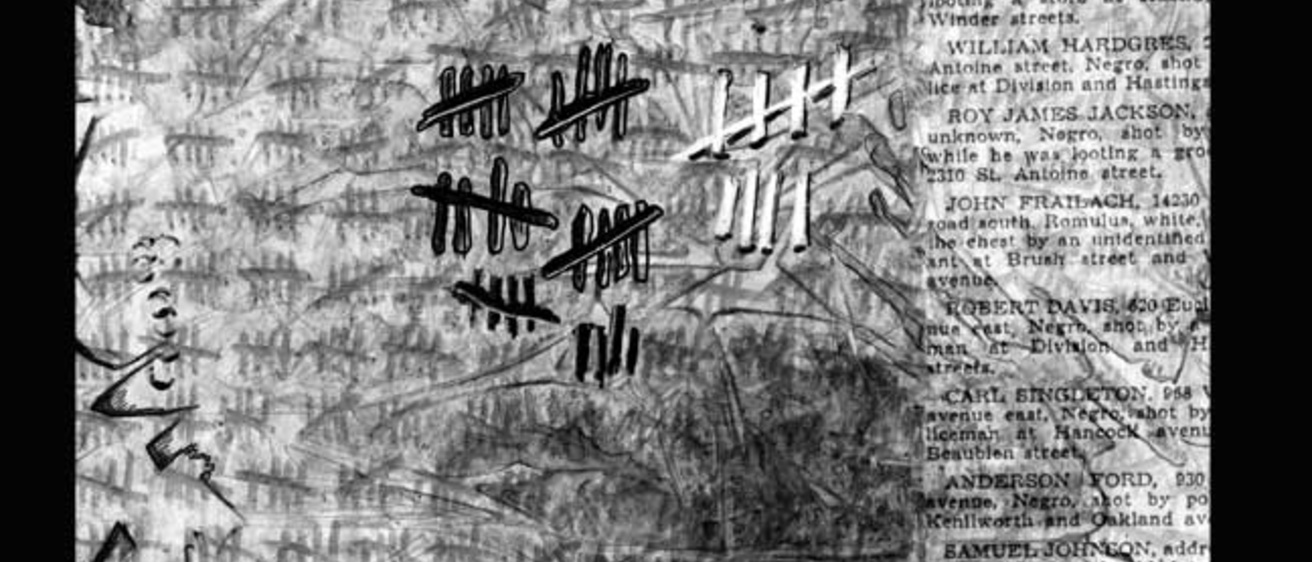Comics: Their Time Has Come
Three years ago, Corey Creekmur (Cinema & Comparative Literature and English, CLAS) and Rachel Williams (Art & Art History and GWSS, CLAS) and their colleague Ana Merino (Spanish & Portuguese, CLAS) co-directed a highly successful Obermann Humanities Symposium, "Comics, Creativity, and Culture." The three-day event fostered dynamic exchanges between notable creators and publishers of comics, including Joe Sacco and the Hernandez Brothers, with scholars engaged in the cultural analysis of comics. It was a unique opportunity for students, faculty, and the community to join in a discussion of the ever growing area of comics, broadly defined to include comic strips, comic books, and graphic novels.
On February 26 at 4:00 pm at the Obermann Center as part of the Obermann Afternoons series, Creekmur and Williams will discuss their recent work around comics. Emphasizing both the creation and study of comics--from early newspaper strips through comic books up to contemporary graphic novels--they will argue that the time has come for comics, long neglected by artists and scholars, to have a permanent place in a university setting.
Creekmur Edits Series
In addition to offering undergraduate and graduate courses on comics, Creekmur has written a forthcoming essay on "The Graphic Novel in India," and recently presented a paper on the concept of "continuity" in comics at the opening of the new Billy Ireland Cartoon Library & Museum at Ohio State University. He is the general editor of a book series, "Comics Culture" for Rutgers University Press, which will launch this year with the first three of five books under contract and additional volumes in the works, and he contributed an afterword to Gilbert Hernandez's graphic novel Marble Season, a book that appeared on many "Best of 2013" lists.
Williams Works on Graphic History of Detroit Race Riot
As an Obermann Fellow-in-Residence, Williams is currently working on a graphic history, Run home if you don't want to be killed: The Detroit Riot of 1943, based on a series of events that led to the worst race riot in 1943. This graphic history is a hybrid text composed of stories, history, and images; it is designed to challenge people's assumptions about race, culture, and violence in the United States during World War ll. In 1943 there were approximately 242 disturbances that were racially motivated in 48 different cities throughout the country. The riot that occurred in Detroit was the worst from that year.
